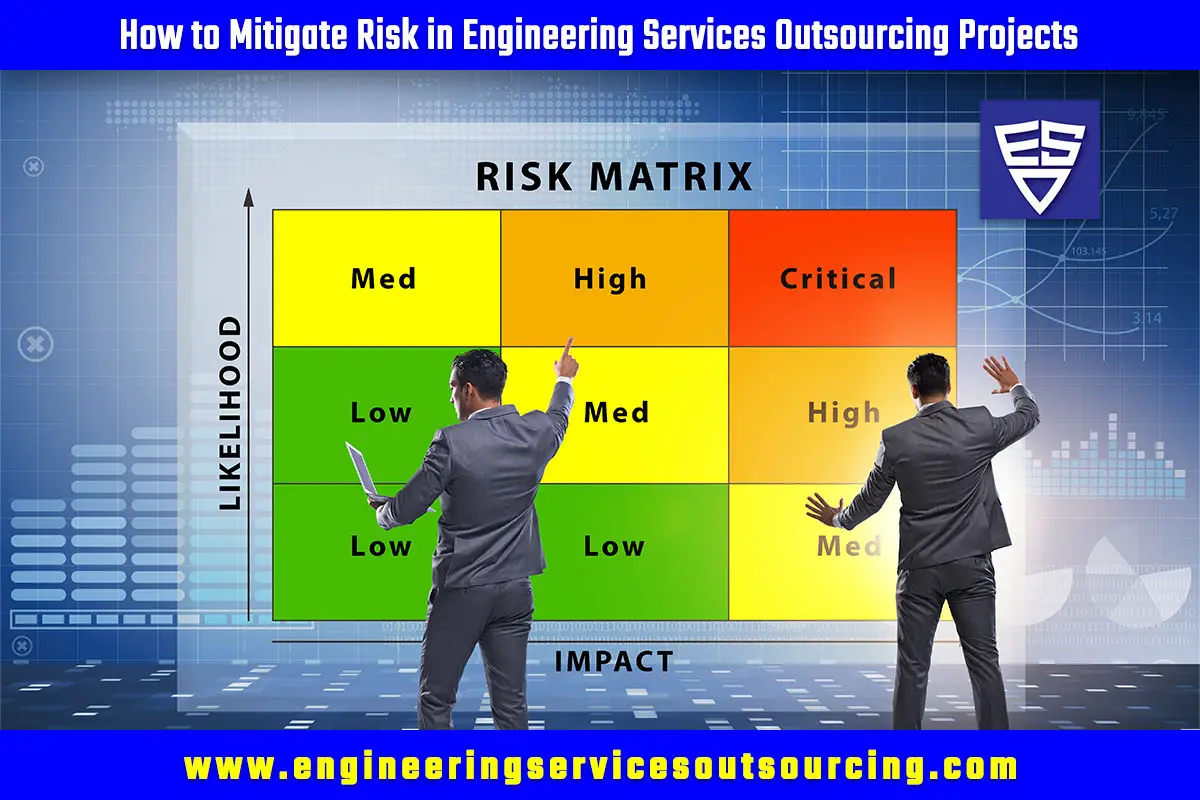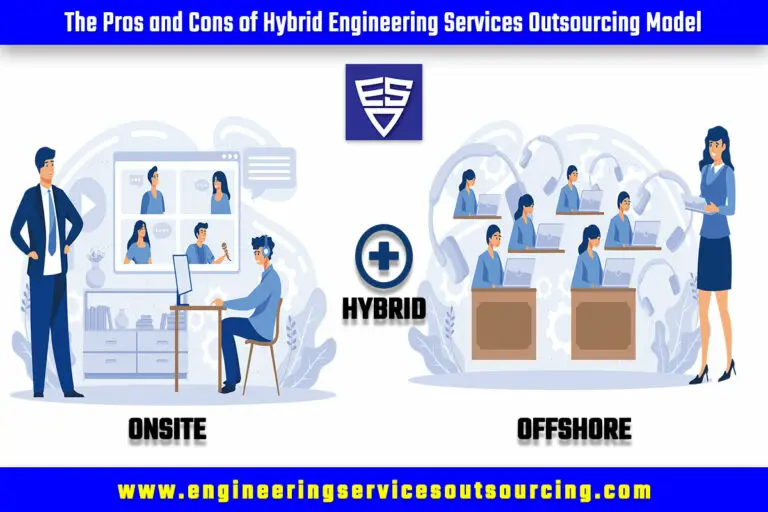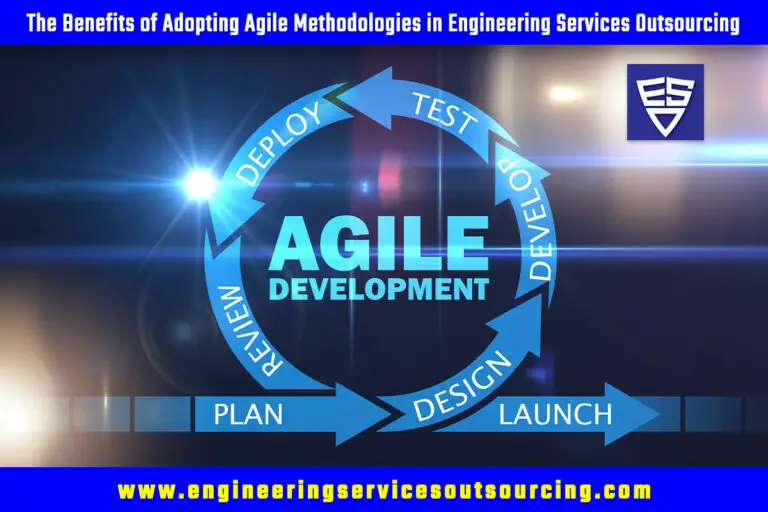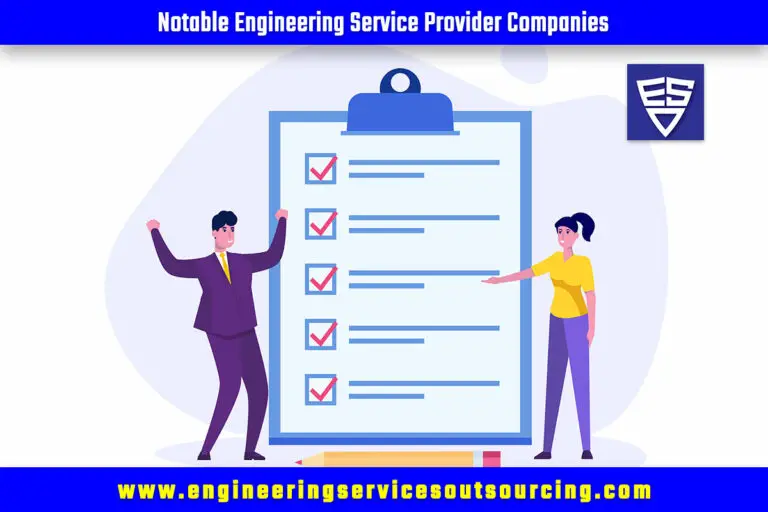
Engineering services outsourcing has become a popular strategy for businesses looking to streamline operations, reduce costs, and tap into specialized expertise. However, like any business endeavor, outsourcing comes with its own set of risks and challenges. Managing these risks effectively is crucial to ensure the success of engineering services outsourcing projects. This article will explore key strategies to mitigate risk and maximize the benefits of outsourcing in the engineering services industry.
Table of Contents
01) Comprehensive Vendor Selection Process
The first step in mitigating risk in engineering services outsourcing is to conduct a thorough vendor selection process. Take the time to evaluate potential service providers based on their industry experience, technical capabilities, financial stability, and track record. Request references and testimonials from previous clients to gain insights into their performance and reliability.
02) Clear Contractual Agreements
Establishing clear and comprehensive contractual agreements is essential for managing risk in outsourcing projects. Contracts should outline project scope, deliverables, timelines, quality standards, and pricing structures. Include provisions for dispute resolution, termination clauses, and intellectual property rights to protect your interests. Engage legal experts with experience in outsourcing contracts to ensure all critical aspects are covered.
03) Robust Communication and Collaboration
Effective communication and collaboration are vital to the success of outsourcing projects. Maintain regular and open lines of communication with the service provider to ensure a clear understanding of project requirements and expectations. Utilize project management tools and collaboration platforms to facilitate seamless information exchange and real-time updates.
04) Risk Assessment and Mitigation Planning
Conduct a comprehensive risk assessment at the outset of the project to identify potential risks and develop mitigation strategies. Consider factors such as project complexity, resource availability, cultural differences, and geographical distance. Collaborate with the service provider to develop a risk management plan that addresses identified risks, assigns responsibilities, and outlines mitigation measures.
05) Continuous Monitoring and Performance Evaluation
Monitor the progress of the outsourcing project closely and evaluate the service provider’s performance against predefined metrics. Establish regular checkpoints and performance reviews to identify any deviations from the agreed-upon scope, schedule, or quality standards. Promptly address any issues or concerns to ensure timely course correction and avoid potential project delays or cost overruns.
06) Data Security and Confidentiality Measures
Data security and confidentiality are critical considerations in engineering services outsourcing. Protecting sensitive information, intellectual property, and client data should be a top priority. Implement robust security measures, including secure data transmission protocols, restricted access controls, and non-disclosure agreements (NDAs). Regularly audit and assess the service provider’s data security practices to ensure compliance with industry standards.
07) Contingency Planning
Even with careful planning and risk mitigation strategies in place, unforeseen circumstances can arise. Develop contingency plans to address potential disruptions, such as service provider capacity issues, technology failures, or natural disasters. Maintain alternative options or backup plans to minimize the impact of any potential risks on project timelines and deliverables.
08) Performance Monitoring and Accountability
Establish Key Performance Indicators (KPIs) to track the service provider’s performance throughout the outsourcing project. Regularly review and assess their adherence to agreed-upon quality standards, project milestones, and deliverable timelines. Set up a performance review process that includes transparent feedback mechanisms and opportunities for improvement.
09) Learning and Continuous Improvement
Each outsourcing project presents an opportunity for learning and continuous improvement. Conduct post-project evaluations to identify lessons learned, best practices, and areas for improvement. Incorporate these insights into future outsourcing projects to enhance efficiency, mitigate risks, and optimize project outcomes.
10) Cultivate Strong Relationships
Building strong relationships with the service provider is crucial for successful outsourcing projects. Foster a collaborative and transparent partnership based on mutual trust and respect. Engage in regular communication, maintain a positive working relationship, and address any issues promptly and professionallyto resolve conflicts or challenges that may arise. This will help establish a solid foundation for future collaborations and mitigate the risk of misunderstandings or breakdowns in communication.
11) Knowledge Transfer and Documentation
Ensure that knowledge transfer is properly managed throughout the outsourcing project. Document important processes, procedures, and project-specific information to facilitate knowledge sharing between your organization and the service provider. This documentation will not only support effective collaboration during the project but also serve as a valuable resource for future reference.
12) Compliance with Regulatory and Legal Requirements
Consider the regulatory and legal requirements applicable to your industry and project when engaging in engineering services outsourcing. Ensure that the service provider complies with these requirements, such as data privacy laws, safety regulations, or industry certifications. Regularly review and assess their compliance to mitigate potential legal and reputational risks.
13) Cultural and Language Considerations
When outsourcing engineering services to a different country or region, cultural and language differences may come into play. Take these factors into account and foster an environment of cultural sensitivity and understanding. Effective cross-cultural communication and adaptation can contribute to smoother project execution and minimize the risk of misunderstandings or conflicts.
14) Scalability and Flexibility
Consider the scalability and flexibility of the outsourcing arrangement to accommodate changing project requirements or business needs. Ensure that the service provider has the necessary resources and capacity to scale up or down as required. This flexibility will help mitigate the risk of resource constraints or delays in meeting project demands.
15) Continuous Risk Assessment and Mitigation
Risk management should be an ongoing process throughout the entire outsourcing project. Regularly assess and reassess potential risks, monitor their impact, and update mitigation strategies accordingly. By maintaining a proactive approach to risk management, you can address emerging risks promptly and minimize their impact on project outcomes.

Conclusion
In conclusion, engineering services outsourcing can bring numerous benefits to organizations, but it is not without risks. By implementing effective risk mitigation strategies, businesses can navigate potential challenges and maximize the advantages of outsourcing. From comprehensive vendor selection to clear contractual agreements, robust communication, risk assessment and mitigation planning, and continuous monitoring, these strategies will help mitigate risks and ensure successful outsourcing projects. With careful planning, proactive management, and continuous improvement, organizations can leverage engineering services outsourcing as a strategic tool for growth and success in today’s competitive landscape.
Related Article:






